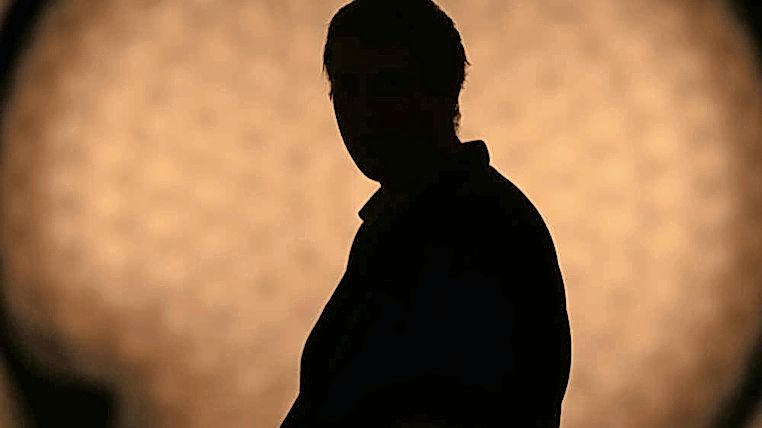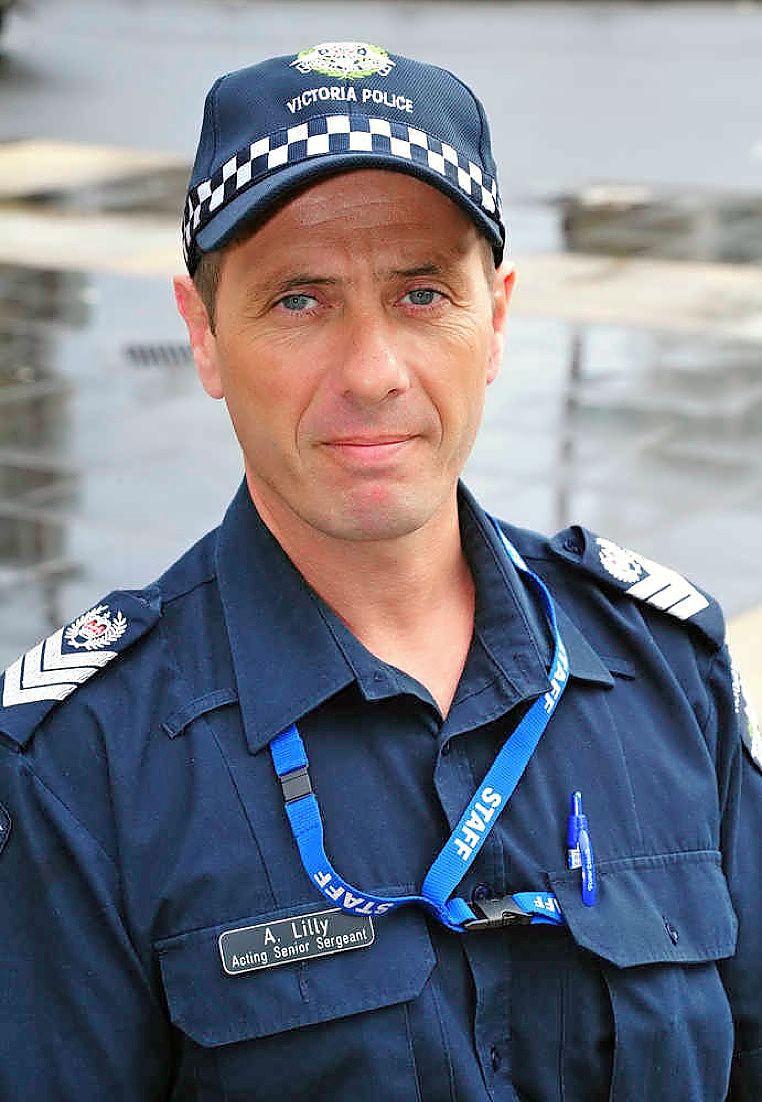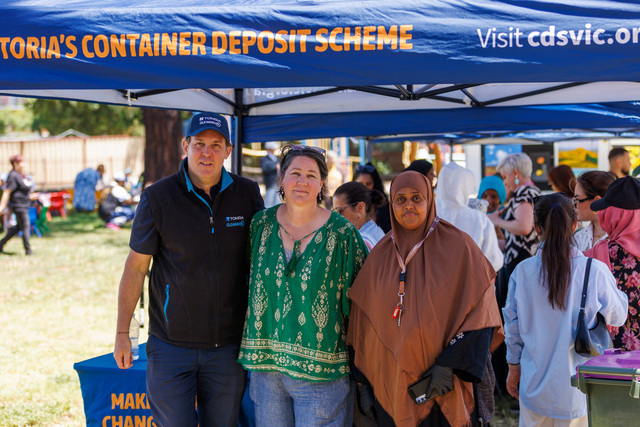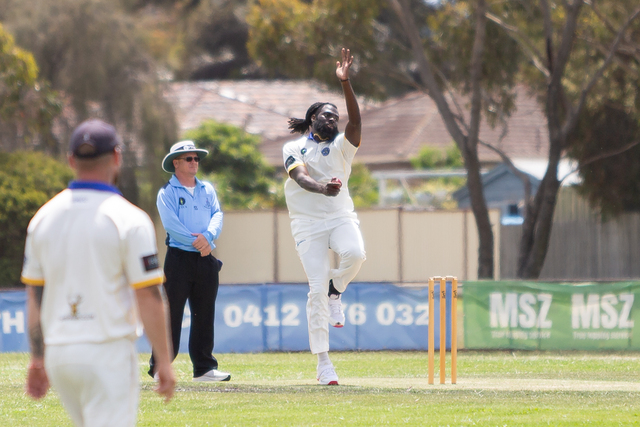Western suburbs teenager Jennifer Ly is strikingly beautiful. With her radiant smile, heart-shaped face and long, thick brown hair, she’s sure to turn heads.
And that’s exactly what local police and her concerned family and friends are hoping for.
The 14-year-old hasn’t been seen since July 5, when she was last at her Burnside Heights home.
This is the third time the teen has been reported missing this year.
For National Missing Persons Week, held annually in the first week of August,
Star Weekly spoke to Acting Senior Sergeant Andrew Lilly (pictured, inset), who is based at Sunshine police station.
While he couldn’t comment on the investigation into Miss Ly’s disappearance, he said police worked around the clock in their bid to trace the footsteps of people who have been reported missing.
“The Victorian clearance rate, if I can put it so clinically, is 99.8 per cent,” he said. “It’s pretty amazing … but one missing vulnerable person is too many – this is a real priority for Victoria Police.”
Figures obtained by
Star Weekly from Victoria Police’ reveal there were a staggering 11,355 missing person reports last year. Of them, 23 remain missing.
About 60 per cent of all cases involved girls or women, well over half went missing more than once and the vast majority concerned missing teenagers under the age of 17.
Acting Senior Sergeant Lilly said it was difficult to pinpoint why teenagers were the most likely to run away, but contributing factors were often cultural issues, drug and alcohol abuse in the family home or anger management problems. Where they disappear to is just as difficult to predict, he says.
“There’s no set pattern where I can say, ‘OK I have a 16-year-old female, this is 100 per cent where she’s going to go’,” he said. “Some of these high-risk missing persons, they’re pretty smart – they know not to go to the same place.”
Acting Senior Sergeant Lilly said there was a misconception that someone had to be missing for 24 hours before the police could become involved.
“This old tale – it’s not true at all,” he said. “A missing person is someone who is vulnerable, someone you cannot get in touch with. If you have serious concerns for the safety and welfare of a person, and their whereabouts are unknown, then you can report them missing.”
Once a missing person has been reported to police and entered into its database, the case is assigned an officer at a local police station.
The case could then be escalated to local detectives from a crime investigation unit or to the missing person’s squad.
Social media platforms such as Facebook and Instagram are combed for clues, and in serious cases police can request access to a person’s mobile phone use and location records, as well as their credit card spending.
In most cases people turn-up at a relatives or friend’s house.
But Acting Senior Sergeant Lilly says a missing person case can’t be closed until the person has been seen by a police officer.
“They can’t just call up and say they’re fine,” he said. “That doesn’t really solve the concern parents and relatives have for their welfare.”
This year’s National Missing Persons Week campaign is Still waiting for you to come home.
Details: www.missingpersons.gov.au








